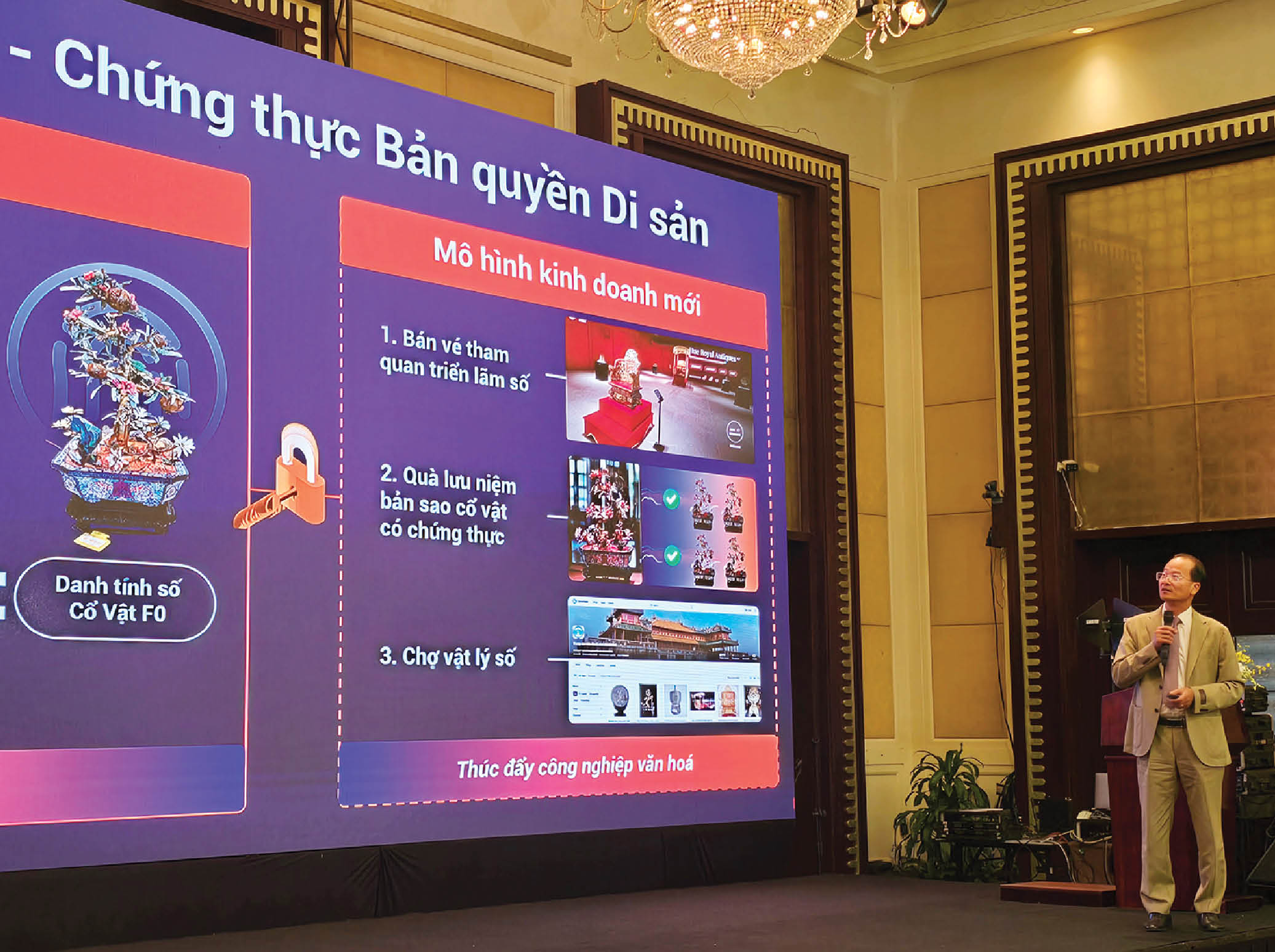 |
| Director of Hue Monuments Conservation Center Hoang Viet Trung shares about data mining at the launching ceremony of the Global Data Experts Network |
“Data is blood”
In the archive system of the Hue Monuments Conservation Center (HMCC), each set of drawings and images are meticulously digitized. More than 40 relic sites, more than 11,000 artifacts/antiques, 1.3 million square meters of water surface, trees, along with thousands of scientific documents, images, and construction records - all are being gradually packaged into the Hue heritage database system.
“In the past, data storage was quite fragmented. Each officer kept a little in the computer, and when someone retired or changed jobs, a lot of data was lost. There were renovation projects that no longer had the original drawings, and we had to search everywhere. That’s why we always told each other that “data is blood, losing data is losing heritage,” said Mr. Hoang Viet Trung, Director of the Center.
From that concern, the Center has built a Digital Transformation Project for the period 2022 - 2025, approved by the Provincial People's Committee (now the city) under Decision 1310/QD-UBND, with the goal of digitizing all heritage data, aiming to develop a digital economy of culture and smart tourism.
Up to now, the Center has established a data management system including: tangible and intangible heritage, trees and landscapes, artifacts, antiques, royal court music, restoration projects, scientific research records, etc. All are connected, stored and updated regularly, making heritage management and exploitation more convenient, accurate and transparent.
Notably, more than 1,000 artifacts have been digitized, of which the first 100 artifacts have been digitally identified and entered into the national database - an important step in transforming heritage values into digital assets, serving the cultural industry and creative tourism services.
A vivid example is the Tiger Fist relic, the only elephant-tiger arena in Asia. This place is hidden in a residential area, little known. Now, the Center is planning to apply real-life and virtual reality technology, recreating ancient matches, helping visitors to admire the relic space and "experience life" with history. "That is how we turn heritage into a resource for development," said Mr. Trung.
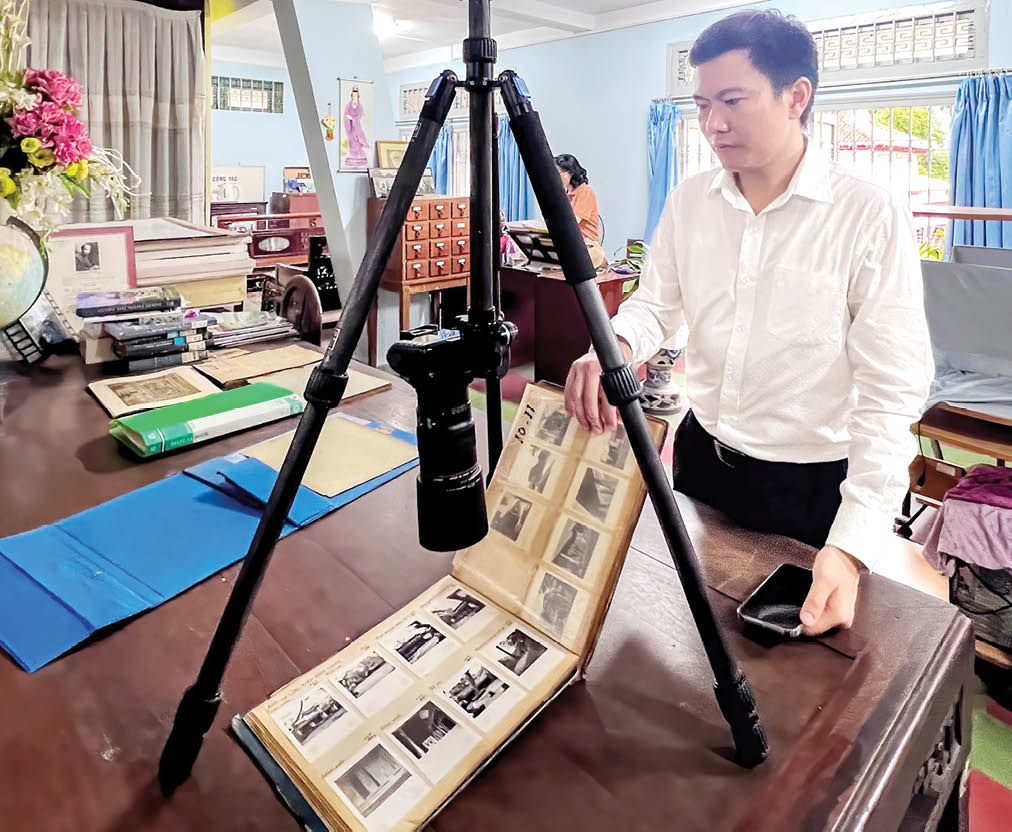 |
| Collecting and taking photos of Nguyen Dynasty relics at the Ho Chi Minh City Museum of History. Photo: TTDT |
Journey to find data for heritage
The story of the Kien Trung Palace restoration is a vivid proof of the value of data. When we started the restoration, there was a lack of photographic materials, some of which were so blurry that details could not be identified. “We had to go to France, to nearly ten archive centers, the Far East Archaeological Institute, and museums, to find each photo and each page of documents,” said Director Hoang Viet Trung.
There were places where we spent hours flipping through old albums without finding anything. Luckily, we discovered a precious album of the Governor General of Indochina, which contained several photos of the interior and exterior of Kien Trung Palace. “At that time, we were extremely happy. Just a few photos, but they were the “blood” to revive the palace,” Mr. Trung said emotionally.
These photos were digitized, analyzed, sharpened and restored on a 3D data platform. Along with many other documents, Kien Trung Palace was restored almost to its original state, demonstrating the power of data in heritage preservation.
In 2024, the Hue Monuments Conservation Center sent staff to the Ho Chi Minh City Museum of History and the National Archives Center II to search for, collect and digitize documents related to the Nguyen Dynasty. Mr. Vo Quang Huy, Deputy Chief of the Center's Office, said: "At these two units, we have collected and digitized thousands of documentary photos, dozens of ancient drawings, including many valuable images of Thoai Thanh Tomb, drawings of Thai Hoa Palace, and some Hue Nam Tombs and Palaces. In particular, we also found images of the Thai Mieu gate and the Cuu Tu Dai records - documents of great value to serve the restoration of relics in the coming time"...
Up to now, for each project, the Center has fully archived from original drawings, paper drawings to digitized drawings, creating a detailed documentation system of thousands of pages. This is a valuable source of data, helping to serve the repair, renovation or research work in the future when needed.
“We consider data as the most valuable resource, not only for preservation, but also for exploitation and creation of new values. Data helps heritage live in digital space, connecting the past with the present,” Mr. Trung emphasized.
Currently, the Center has signed cooperation agreements with many domestic and foreign units to expand the collection and sharing of documents. After the launching event of the Global Data Experts Network in Hue, the Center hopes to connect heritage data to the national data ecosystem, so that Hue heritage becomes part of the knowledge economy.
“We must consider building a database as a matter of survival. All knowledge of the country and of humanity needs to be preserved and exploited. When data is connected, heritage will not only be in museums or records, but will live in people’s lives, in the economy, and in their minds.”
From the first steps in Hue, it can be seen that digital transformation of heritage is not simply about storage, but opening up a path for parallel cultural and economic development. And as Mr. Trung affirmed: “Preserving data is preserving the blood of heritage. And when the data flows, heritage will live forever.”
Source: https://huengaynay.vn/van-hoa-nghe-thuat/khai-thac-du-lieu-dac-thu-di-san-159922.html


![[Photo] Exciting contest of skillful red fruit picking and creativity from Son La coffee beans](https://vphoto.vietnam.vn/thumb/1200x675/vietnam/resource/IMAGE/2025/11/15/1763201832979_ndo_bl_3-jpg.webp)

![[Photo] The Government Standing Committee reviews the planning project of the Red River landscape avenue axis](https://vphoto.vietnam.vn/thumb/1200x675/vietnam/resource/IMAGE/2025/11/15/1763197032149_dsc-0163-jpg.webp)
![[Photo] Action for the Community tells stories of enduring journeys – both intimate and great, yet quiet and determined](https://vphoto.vietnam.vn/thumb/1200x675/vietnam/resource/IMAGE/2025/11/15/1763179022035_ai-dai-dieu-5828-jpg.webp)

![[Photo] General Secretary To Lam receives Governor of Kanagawa Province (Japan) Kuroiwa Yuji](https://vphoto.vietnam.vn/thumb/1200x675/vietnam/resource/IMAGE/2025/11/15/1763204231089_a1-bnd-7718-5559-jpg.webp)


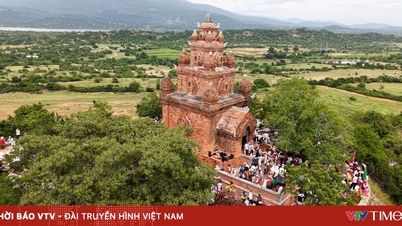





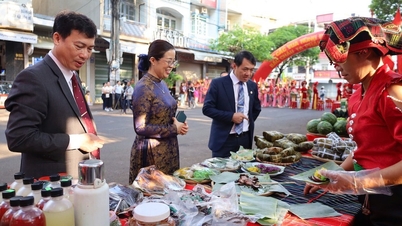







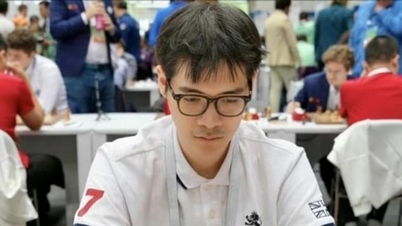



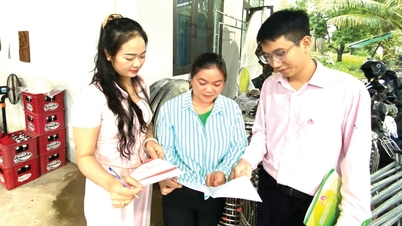
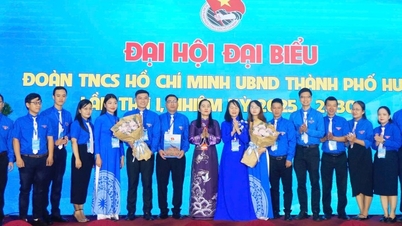




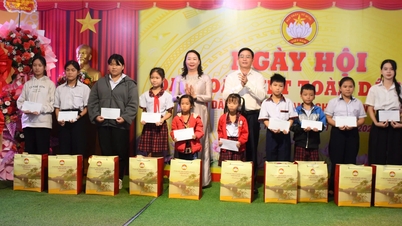
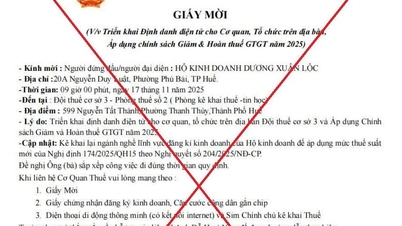
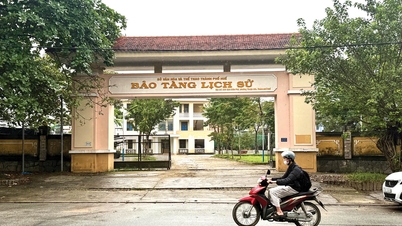
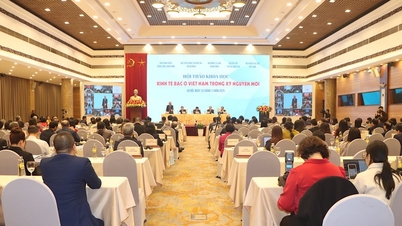

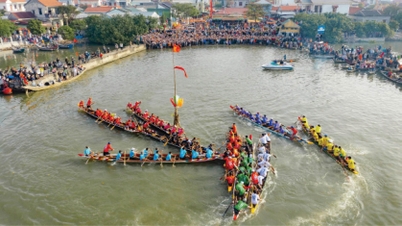




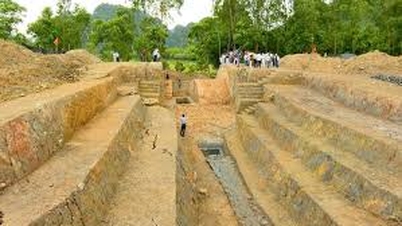







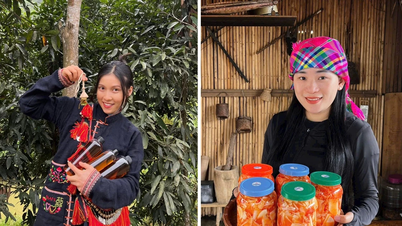



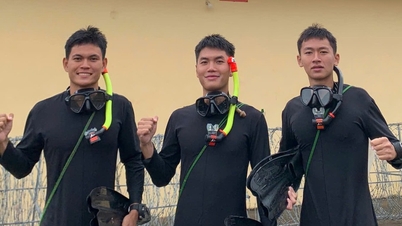






















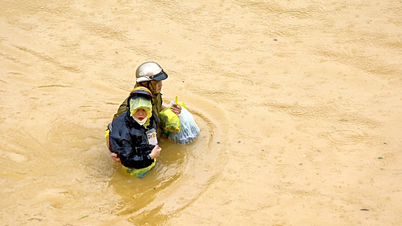



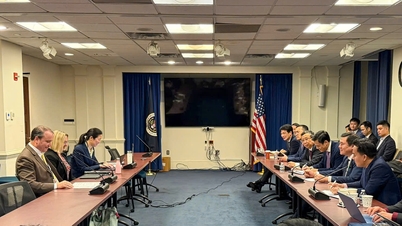

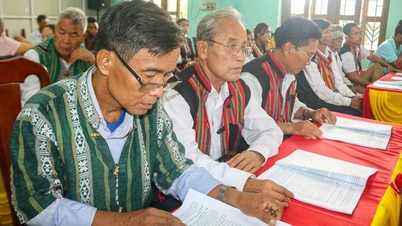
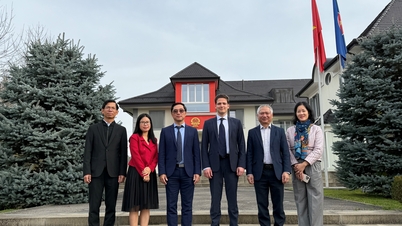



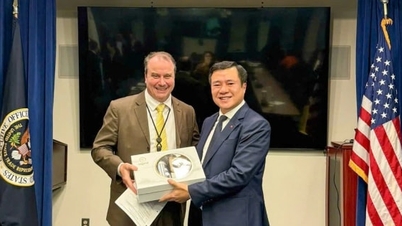













Comment (0)